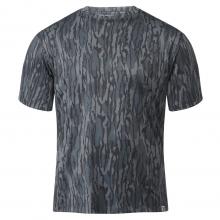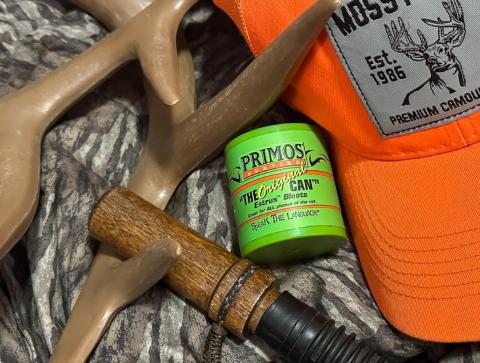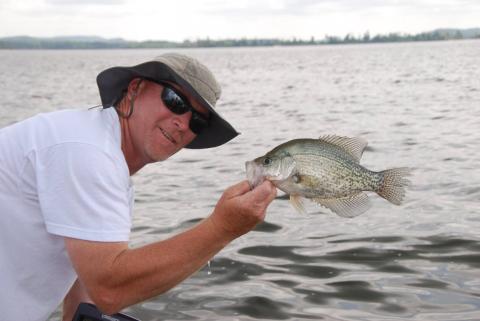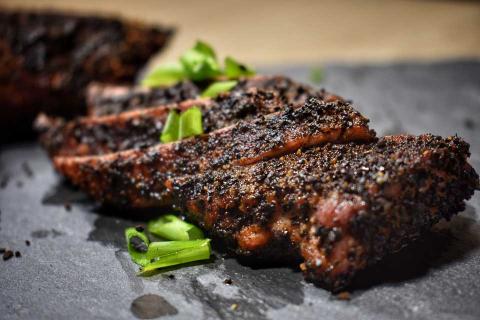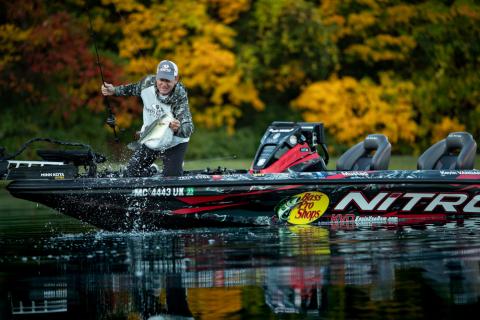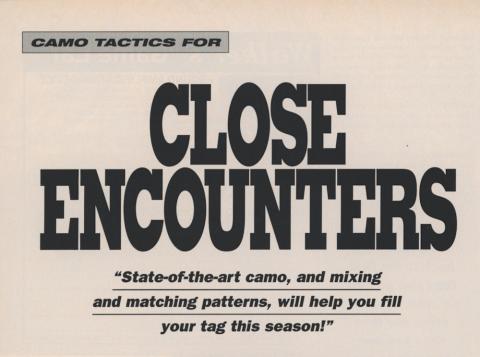The pandemic has more people buying RVs for camping and hunting more than ever. Many are worried about exposure to large crowds, so they’re turning to camping at national parks and state campgrounds instead. Not only are there more campers now, but many people are camping year round. Campers need to know how to winterize an RV for a winter road trip. Here are a few tips to make your winter trip a safe one.
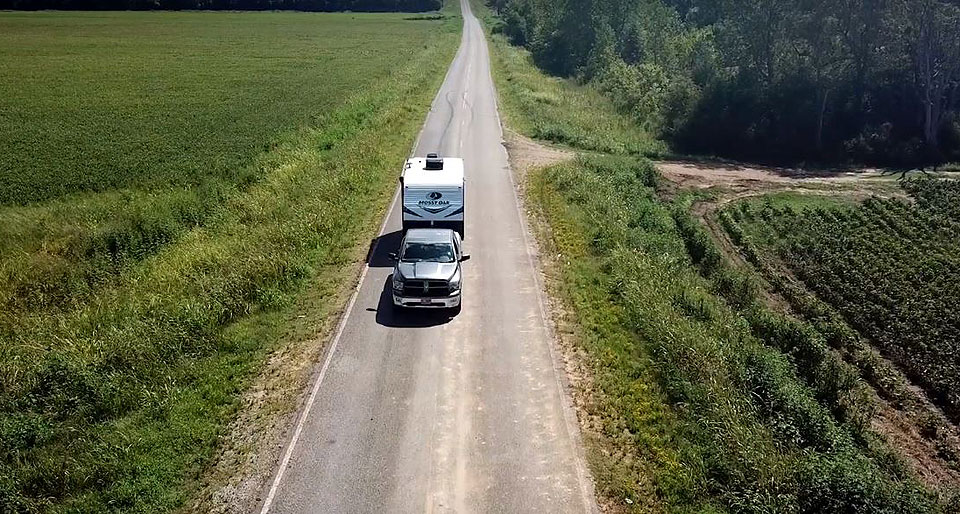
How to Winterize an RV with Insulation
It doesn’t matter if you’re backcountry camping in the dead of winter or parked at the beach and camping in the rain. Your RV should be adequately sealed and insulated. Your windows and doors can be easy to insulate but are often overlooked. Inspect the seals around windows and weather stripping around doors. Be sure to replace or repair anything that looks suspect.
While you’re inspecting your windows, it’s a good time to install insulating film. You will be surprised at what a difference it makes. Many prefer to cover windows they like to see through with a clear product like 3M Window Film. For windows you normally don’t use, a popular product like Reflectix works well. Installing heavy drapes can also help keep the draft out on cold windy days.
If the underbelly of your RV is not insulated already, you’ll want to insulate it. Many dealerships will do this for you, but you can save money and do it yourself. With a little planning and careful measuring, products like Reflectix, Coroplast and Insulfoam can keep your floors toasty. Many RV owners are now using spray insulation for the underbelly. It’s a great option and doesn’t work loose after long trips. You may want to have this professionally done, as special care is needed around brake lines and exhaust pipes.
Don’t forget to insulate your slides, as they can be extremely drafty. It can be a pain to install and remove it every time you use the slide, but well worth the investment. One nice trick is to use foam pipe insulation in the long gap between your slide and the outside wall of the RV. It will prevent drafts as well as debris from accumulating. You can also cut foamboard to fit around the slide rail. This area is not insulated by the factory, and the foamboard blocks a lot of wind.
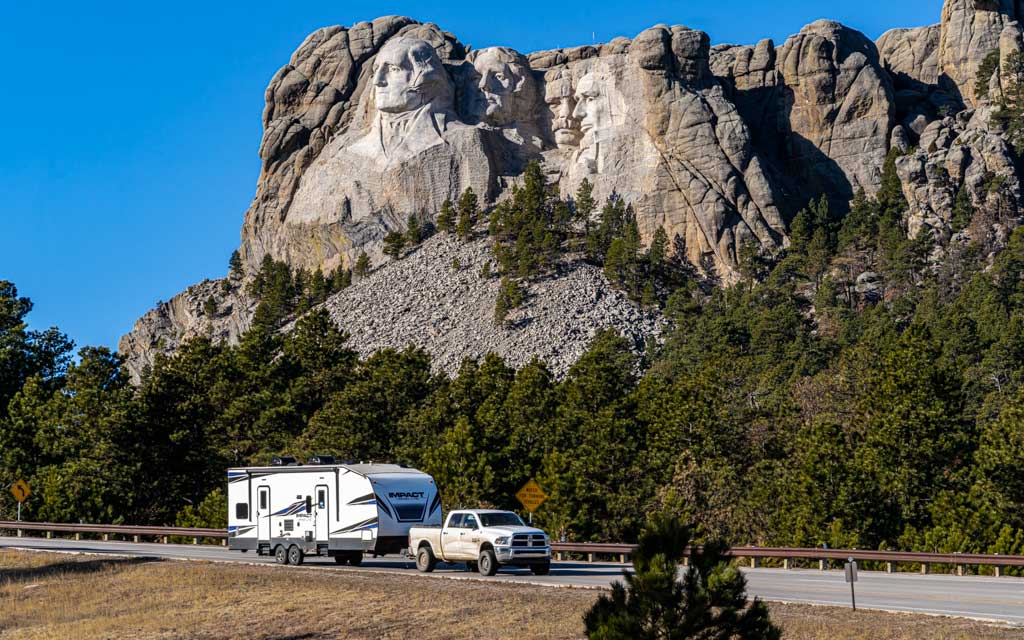
Protect Your Investment
You have a large investment in your RV, so plan for bad weather before a winter camping trip. It’s difficult to find plumbing, hoses and valves if you are hit with an unexpected freeze. To prevent a freshwater hose, sewer hose or valve from freezing, you can wrap them with heat strips. You can also use heat tape around valves and connections to keep them from freezing too.
There are a variety of other ways to keep plumbing from freezing. A heated water hose can be a time saver and much easier to use than heat strips. You can use a ceramic electric heater to keep from burning through your propane and provide heat for the interior plumbing. Veteran winter campers will only use their freshwater hose and sewer hose when filling or dumping. They keep those hoses disconnected to prevent a freeze up.
Plumbing must be protected, of course, but so do holding tanks. If your RV does not have heated tanks, there are two options to keep holding tanks from freezing. One is to install some type of skirting around the RV. Some campers prefer a custom-fit skirt and others will make their own. Regardless of what you choose, it can prevent holding tanks from freezing. It’s also a good idea to mount a ceramic space heater on a board and slide it under the skirting. Use caution when using space heaters, and keep them an appropriate distance from anything that could be damaged.
The other option is to install a holding tank heating pad. You can get them in AC or DC, and they are easy to install. They have adhesive that sticks right to the holding tank, and the electrical work is simple. The better heating pads have a thermostat that turns the pad on around 40 degrees. If you’re really worried about holding tanks freezing, you can use both skirting and heated holding pads.
Winter Trip Preparation
Before you go, make sure the engine and drivetrain are ready for the weather too. Check batteries for corrosion or loose connections. If you have an engine block heater, make sure it’s in working order. Double-check your windshield washer fluid; it should be the type that does not freeze. RVs are rear wheel drive, so, depending on weather conditions, you may want snow tires or chains. If you’re renting an RV, check with your dealer before using chains. Chains can do damage to the RV if improperly installed, so many dealers don’t allow chains.
It pays to check out the campgrounds before you go. Make sure they will stay open if the weather gets bad. If the weather gets bad, is there a place to get fuel, propane or groceries close by? If you’re planning on visiting local attractions, make sure they will stay open. Throw a snow shovel, hair dryer and sled in before you leave.
If you get a lot of snow after you are set up, a snow shovel can clear a path to drive out, and a hair dryer can help you thaw out frozen hoses. If you know there will be snow, you have to bring a sled. If attractions are closed for the weather, a sled can keep children busy all day.
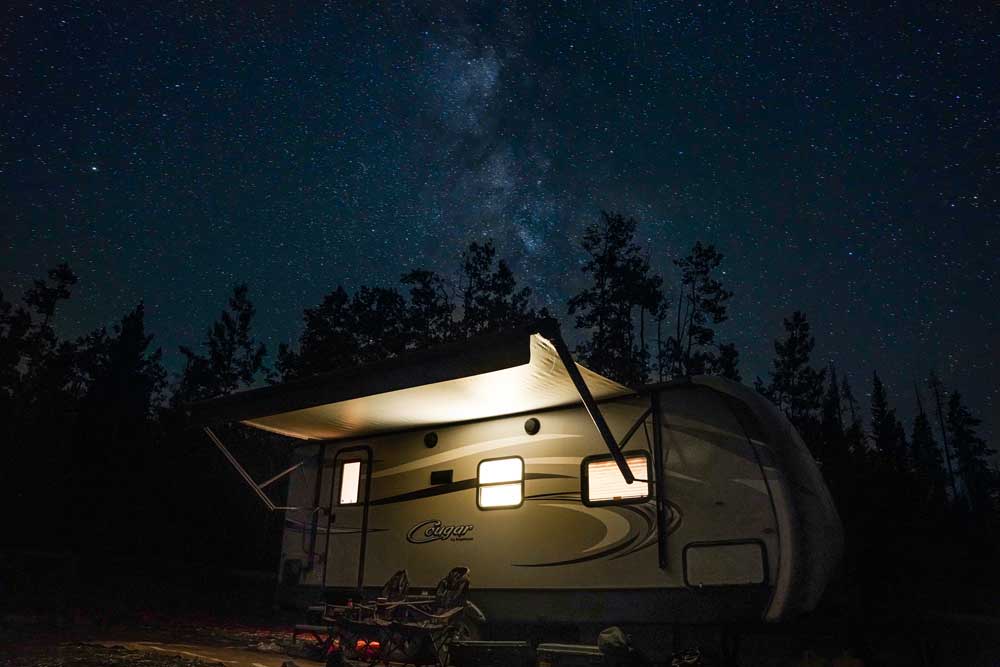
Conquer Camping in the Winter
Knowing how to winterize your RV for a cold weather camping or hunting trip will help everyone enjoy the trip, rather than regret it. Enjoy the experience of camping in winter; just remember to insulate, protect and prepare before you leave. If you follow these few tips, camping in the cold weather is a blast.






